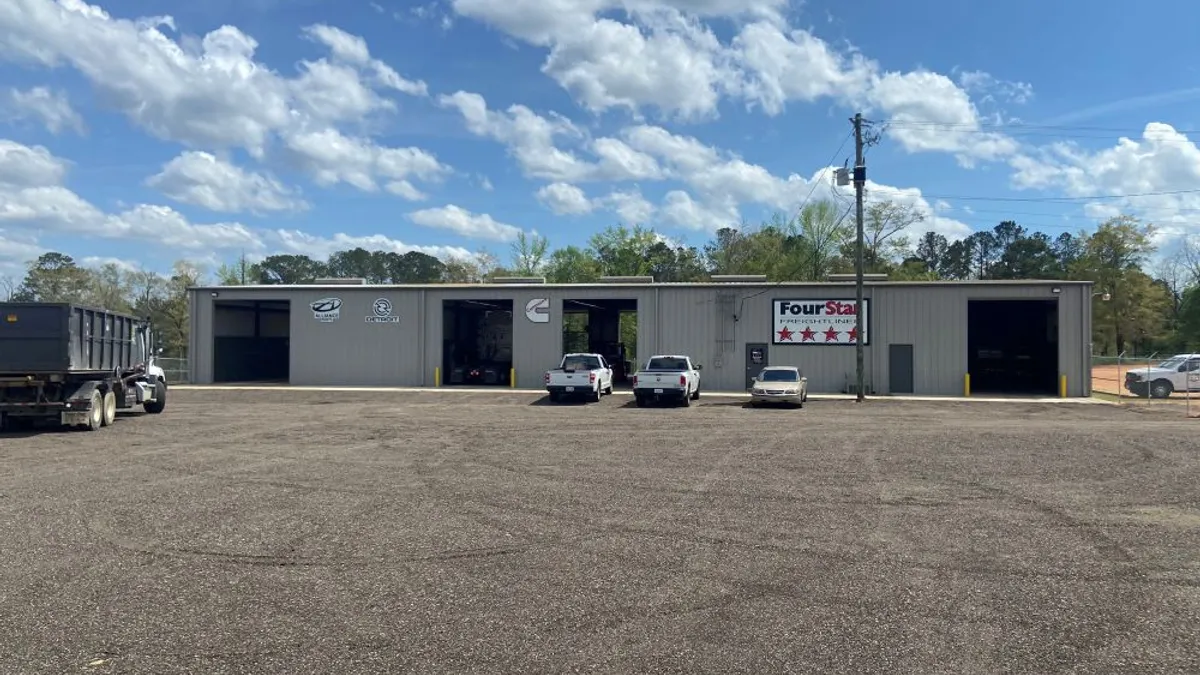Overall freight demand has slackened, largely due to a pull-back in retail orders, prompting many companies to shift their priorities to cost-cutting following years of chasing profits.
Some, including C.H. Robinson, have announced layoffs. Others like Yellow Corp. are desperate to keep the workers they’ve worked hard to recruit and will pursue other cost-cutting efforts.
Here’s how a handful of logistics executives talked about end-of-year demand levels in their Q3 earnings calls.
C.H. Robinson
Declining freight demand, with weakness in the retail market and further slowing in the housing market, have been developing for logistics provider C.H. Robinson Worldwide.
On Q2 and Q3 earnings updates, CEO and President Bob Biesterfeld described decelerating demand that the logistics provider expected for H2 2022. "We’re now seeing those expectations play out and with slowing freight demand and price declines in both freight forwarding and surface transportation markets," he said on the Nov. 2 earnings call.
Shortly after the call, the company announced that approximately 650 layoffs occurred. The layoffs come as the company pursues a $150 million annual cost-saving plan amid slower economic growth and efficiencies the logistic provider found, Biesterfeld said.
Werner
Werner Enterprises expects a subdued peak season in Q4 with demand moderating.
"We expect that industry truckload freight demand continues to moderate, more for discretionary goods and less for consumer staples," CEO, President and Chairman Derek Leathers said on a Nov. 2 earnings call.
Despite the challenges, the carrier has stressed its resiliency, and CFO John Steele said Tuesday during the Stephens Annual Investment Conference that there are no plans for layoffs or downsizing. But the company will be careful with hires as they go into a tougher economy, he said.
Yellow Corp.
Demand remains firm among Yellow’s industrial customers, but more than half of its top 10 accounts are in retail, CEO Darren Hawkins said during a Q3 earnings call on Nov. 2.
“Even though we haven’t lost any significant accounts in that area, we saw across the board shipment and tonnage decline in those areas in October,” Hawkins said.
The carrier will sell 28 terminals as it wraps up its One Yellow transformation into a super regional carrier. Yellow hopes to reduce purchased transportation and other costs, and the company wants avoid lowering staffing levels after working to boost its recruitment pipeline.
“We have spent a lot of time and money in 2022 through our driving academies and all of our hiring efforts, and then also a lot in training,” Hawkins said. “We would like to keep those employees on board.”
Saia
Saia’s shipments were down about 4.5% and its tonnage dropped 3% in October, CFO Doug Col said on a Nov. 1 earnings call.
“October has been the first month really in a while where we've seen kind of a more normal sequential flow through September into October,” Col said. “We bucked seasonality all year, but this was the first month where it kind of felt normal seasonally to us.”
“That will be our expectation going through the rest of the year,” he added, “and we'll see how that pans out.”
XPO Logistics
XPO defied macroeconomic and industry trends, reporting tonnage outpacing seasonality as most competitors reported declines in Q3. The carrier’s YoY tonnage improved each month in the quarter, flipping positive YoY in September, executives said on an Oct. 31 earnings call.
Founder Brad Jacobs, who stepped back from his CEO role following the spinoff of RXO, the carrier’s brokerage, projected YoY positive tonnage for the fourth quarter.
“Our objectives are to gain market share, optimize pricing, and improve operational efficiency,” he said. “It starts with our investment in capacity.”
Knight-Swift Transportation
Executives with the carrier were some of the first to note expectations for a muted peak season, citing Q3 conditions as harbingers.
Knight-Swift Transportation noticed freight demand trending below typical seasonal patterns in the back half of Q3 and continuing through October, Chief Financial Officer Adam Miller said on an earnings call Oct. 19. The drop follows a boon in Q4 '2021 spot market demand.
"In some ways we're seeing sub-seasonal demand as we come towards the end of 2022," CEO and President David Jackson said on the call, noting the carrier has been preparing for the next freight downturn since before the last one in early 2020.






















